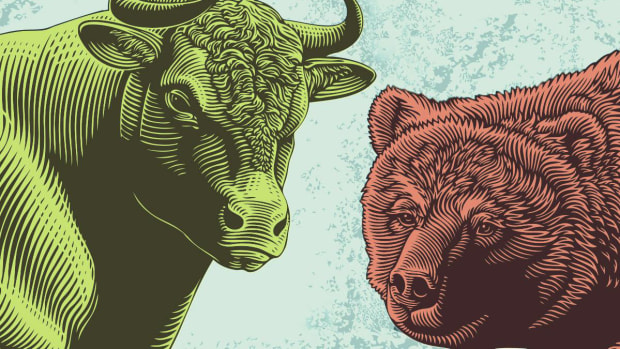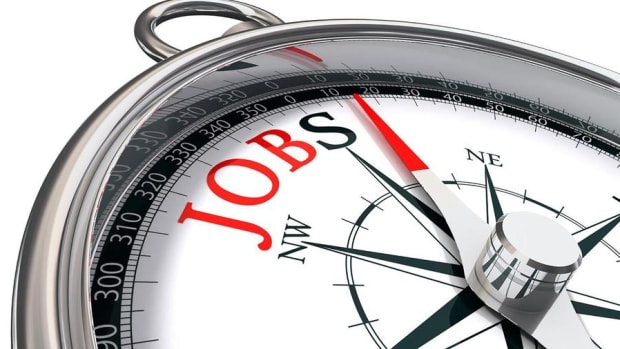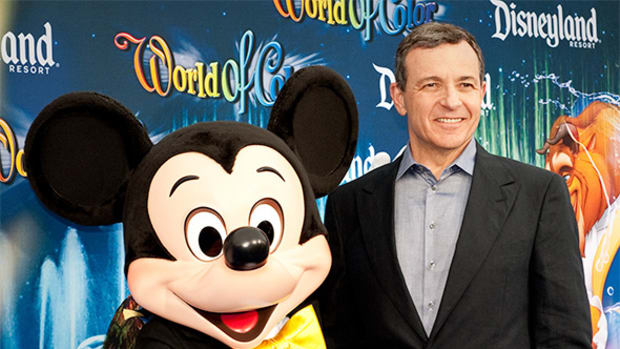The Recession Has Been Delayed Due to Lack of Interest
The U.S. is not in a recession currently as the economy grew at a 2.6% annual rate, which offset the declines during the first half of the year, economists say.
The GDP inflation rate declined during the third quarter, but the 4.1% annual rate is still too high, said Stuart Hoffman, a senior economic advisor for PNC.
The annual rate is less than half the 8.6% annual pace during the first half of this year.
The Federal Reserve's preferred measure of consumer price inflation, the PCE price index, increased at a 4.2% annual rate during the third quarter, down from a 7.4% annual rate during the first half of the year. Most of the decline was attributed to falling gasoline prices.
"While the U.S. economy has not been in a recession thus far this year, its growth rate has been well below its roughly 2% potential growth rate, which makes the U.S. economy very vulnerable to falling into a recession in 2023," Hoffman said.
Inflation Falling
Inflation rates have been declining, although they remain elevated.
The core PCE price index which does not include food or energy declined to a 4.5% annual rate last quarter, down from a 5.1% annual pace in the first half of this year.
The total and core PCE inflation rate was 6.3% and 4.9% in the third quarter 2022, respectively, compared to the same quarter a year earlier.
The Fed watches the year-over-year percent change to help determine the state of the economy.
Both inflation measures were down slightly from the year-over-year percent change ending in the second quarter, leading to the belief that the inflation rate peaked in the second quarter, Hoffman said.
But inflation rates remain too high, which means the central bankers will keep their rate hike strategy in place of 0.75% to a 3.75% to 4.00% target range at their Nov. 2 meeting, followed by a 0.50% funds rate hike at their Dec. 16 meeting.
"Inflation is still much too high and is still well above the Fed’s 2% target," he said.
The 2.6% real GDP annual growth during the third was "driven by a modest 1.4% annual rise in real consumer spending, a strong rise in business equipment investment and global exports and a moderate 2.4% annual rise in federal, state and local government spending," Hoffman said.
The housing sector plummeted at a 26.4% annual rate, indicating that the industry is in a "recession in response to greatly reducing home buying affordability" from higher mortgage rates and home prices along with lower construction of new homes, he said.
The U.S. economy is not in a recession because the assessment is made by the National Bureau of Economic Research's Business Cycle Dating Committee which defines a recession as weakness lasting several months in real GDP, personal income, employment, manufacturing and retail sales, Anthony Chan, a former JPMorgan Chase economist, told TheStreet.
"It is not government or Wall Street that decides we are in a recession," he said. "The group makes this assessment to avoid political considerations entering the picture."
The 2.6% growth in real GDP growth was "just the icing on the cake and refutes the view that the soft real GDP numbers in the first two calendar quarters this year were any sort of proof that we entered a recession in the first quarter," Chan said.
Labor data from the initial jobless claims also indicated the economy is not in a recession, he said.
Recession Risk Remains
Some economists believe the U.S. is headed for a recession during 2023.
The probability that the U.S. will enter into a recession within the next 12 months is 90% because the Composite Index of Leading Economic Indicator fell for three consecutive months while simultaneously there has been an average yield curve inversion of the 10-year U.S. Treasury yield and the 2-Year Treasury yield, said Chan, referencing a proprietary indicator he developed which has a 100% accuracy track record.
"Each [time] this has happened we have had a recession within six to 18 months into the future," he said.
The Fed will continue to tighten monetary policy at its November meeting and increase rates by 0.75%, wrote Jay Bryson, chief economist at Wells Fargo Securities.
The U.S. economy is expected to "slip into recession starting in the second quarter of 2023" due to higher inflation rates and the pace of rate hikes due to the "combination of elevated inflation, which has been eroding household purchasing power, as well as the aggressive pace of monetary tightening," he said.





